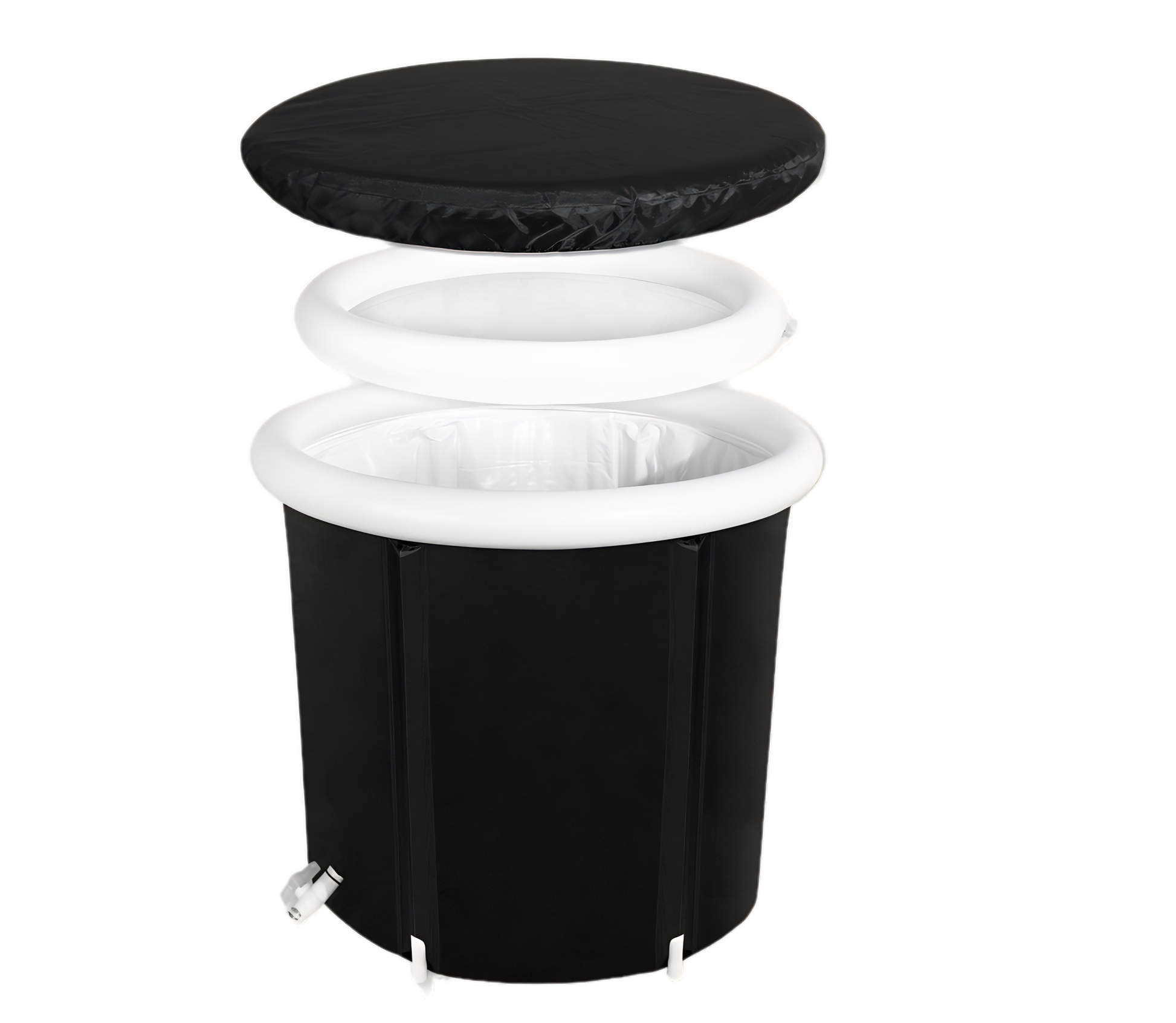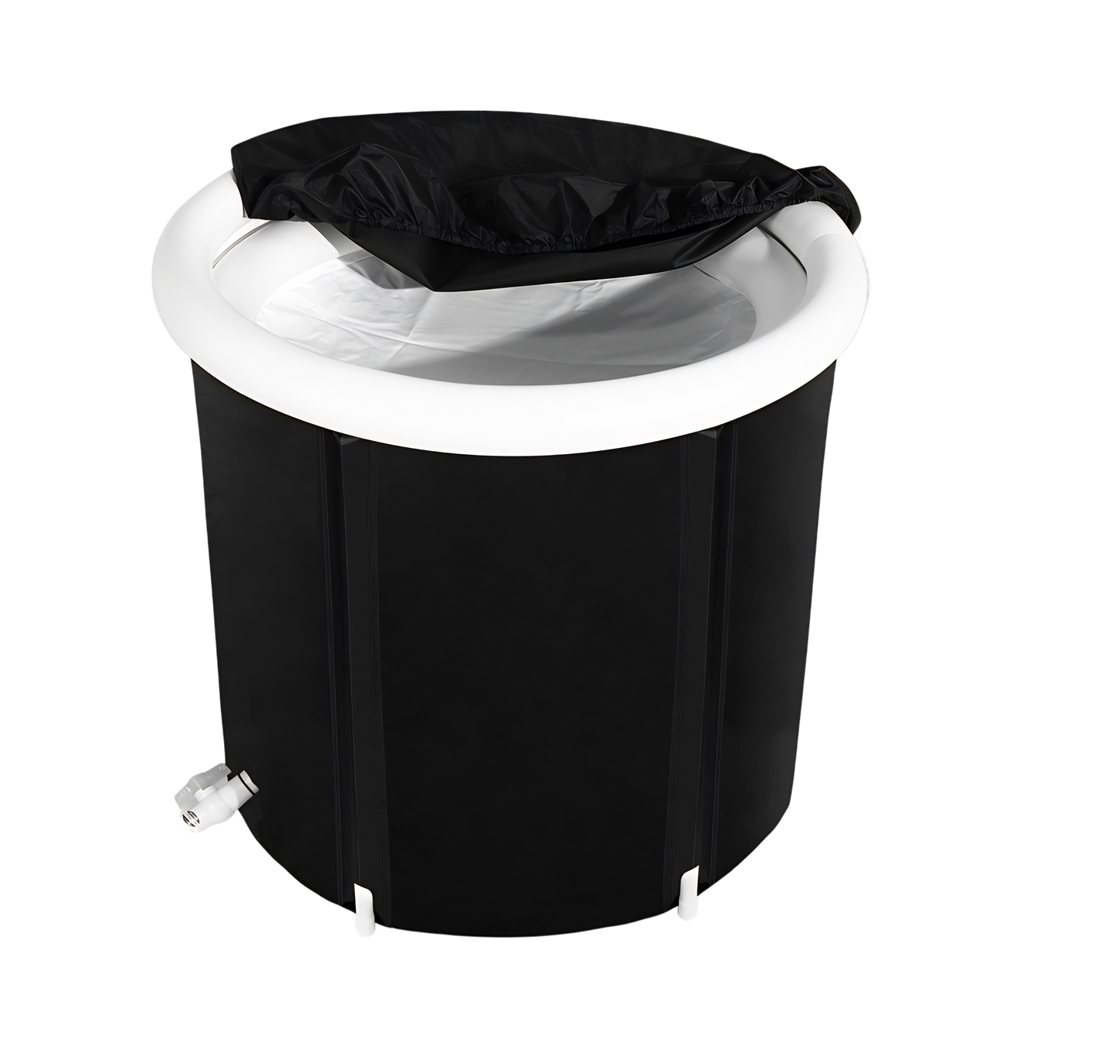Ice baths have become increasingly popular in recent years, with both athletes and non-athletes embracing this chilly practice for its potential health benefits. But did you know that ice bathing has a long history that can be traced back to ancient civilizations?
Ancient Egypt and Ancient Greece are among the cultures that used cold water for therapeutic purposes. The Edwin Smith Papyrus, dating back to 3500 BCE, mentioned the use of cold applications for skin irritations, marking one of the earliest records of therapeutic cold use. In Ancient Greece, revered thinkers like Hippocrates and Plato recognized the physiological benefits of cold water and prescribed various cold water therapies for different ailments.
Over time, the practice of cold water therapy evolved and gained further recognition in the 16th and 17th centuries with the establishment of spa towns and bath towns. In the 18th and 19th centuries, physicians began prescribing cold water immersion for treating various ailments, marking another milestone in the evolution of ice baths.
Today, the modern ice bath as we know it has come a long way from its ancient roots. Our understanding of its benefits for muscle soreness, inflammation reduction, and improved blood flow continues to grow. Let's delve deeper into the science behind ice baths and the impact they can have on our wellness.
Key Takeaways:
- The use of ice baths dates back to ancient civilizations like Ancient Egypt and Ancient Greece.
- Physicians in the 18th and 19th centuries prescribed cold water immersion for treating various ailments.
- Ice baths can help with muscle soreness, inflammation reduction, and improved blood flow.
- Research supports the benefits of ice baths, but it's essential to consult a healthcare professional before incorporating them into your routine.
- The evolution of ice baths showcases the enduring fascination with the therapeutic powers of cold water.
The Science Behind Ice Baths

Ice baths are not just a trendy wellness practice; there is scientific evidence to support their benefits. Research has shown that plunging into cold water after an intense workout can provide relief for muscle soreness and lead to improved long-term performance (Machado et al., 2016). The low temperatures in ice baths help reduce inflammation in the body, promote tissue repair, and improve blood circulation.
When entering cold water, blood vessels constrict to protect vital organs, while the central nervous system produces a hormone called norepinephrine that increases energy, attention, and focus. This hormone also helps with blood vessel constriction, further enhancing the benefits of cold water immersion. Cryotherapy, which encompasses practices such as ice baths, is being studied extensively to understand its potential impact on muscle recovery, metabolism, pain management, and mental well-being.
It's important to note that while the scientific research supports the benefits of ice baths, it is always advisable to consult with a qualified healthcare provider before incorporating any new therapy into your routine.
The Benefits of Ice Baths:
- Relieve muscle soreness
- Improve long-term performance
- Reduce inflammation
- Promote tissue repair
- Enhance blood circulation
- Boost energy, attention, and focus
"The cold water immersion therapy provided by ice baths has been shown to have positive effects on muscle recovery, metabolism, and pain management." - Dr. Sarah Johnson, Sports Medicine Specialist
| Ice Bath Duration | Recommended Temperature |
|---|---|
| 10-15 minutes | 10-15 degrees Celsius |
| 5-10 minutes | 5-10 degrees Celsius |
| 0-5 minutes | 0-5 degrees Celsius |
Cold Water Therapy Today
Ice baths and cold water therapy have seen a resurgence in recent years, with individuals finding innovative ways to incorporate them into their wellness routines. Open water swimming, for instance, has become a popular form of cold water immersion, with millions of people braving the chilly waters each year to experience the benefits of cold water therapy. Some enthusiasts have even taken it a step further by converting chest freezers or wheelie bins into DIY ice baths for convenient home use. But not all have gone the DIY route. Some have realised how easy and cost effective it is to just purchase a simple portable ice bath. With their lightweight, ease of use, and compactness, they are perfect for ice bathing anywhere anytime.
While cold water therapy has gained recognition for its potential benefits, it is crucial to approach it with caution. Proper safety measures, such as monitoring the duration of exposure to cold water and ensuring gradual temperature adjustments, should be followed to avoid any risks or adverse effects.
Conclusion
The journey of ice baths has been one of evolution and discovery, bringing this ancient therapy into the modern wellness scene. From its early use in Ancient Egypt and Ancient Greece to its development in the 18th and 19th centuries, cold water therapy has come a long way. Today, scientific research supports the benefits of ice bath therapy, also known as cold water therapy, for muscle recovery, inflammation reduction, improved blood flow, and enhanced mental well-being.
While the popularity of ice baths continues to grow, there are still challenges to overcome. Accessibility, cost, and safety are important factors to consider when incorporating ice bath therapy into one's routine. However, as we move forward, we can anticipate further research and advancements in technology to make cold water therapy more convenient and accessible to a wider range of individuals.
The enduring fascination with the therapeutic powers of cold water and its potential to enhance overall well-being has brought us to where we are today. The journey of ice baths is a testament to our belief in the benefits of this ancient practice and our dedication to exploring its potential. As we continue this exploration, we strive to unlock the full potential of ice bath therapy and cold water immersion in promoting our health and wellness.
FAQ
How can I incorporate cold water therapy into my routine?
A perfect entry point to incorporating ice baths into your routine would be to start with a portable ice bath which is compact, lightweight, and easy to use!
Is cold water therapy suitable for everyone?
Cold water therapy may not be accessible or suitable for everyone due to factors such as cost, convenience, and hygiene. It's important to approach it with caution and consult with a healthcare provider.
What is the future of cold water therapy?
The future of cold water therapy may involve further research and advancements in technology to make it more convenient and accessible to a wider range of individuals.






